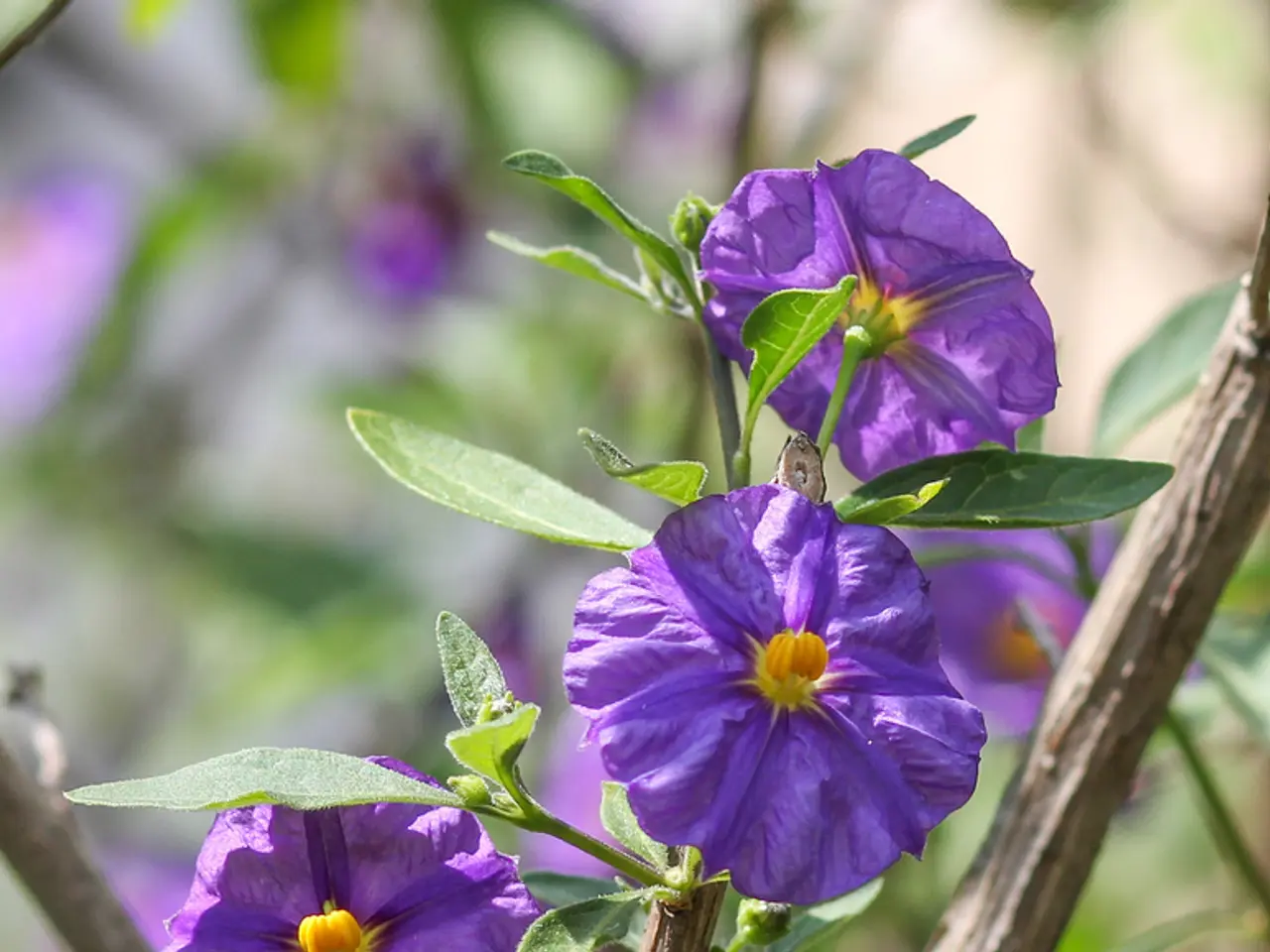Successful Ivy Propagation Techniques Detailed
In this article, we will explore the various methods of propagating English ivy (Hedera helix), a popular houseplant known for its lush, trailing vines.
Propagating English Ivy by Stem Cuttings
To propagate English ivy using stem cuttings, follow these steps:
- Select and prepare stem cuttings: Take healthy stem cuttings about 4-6 inches long from a mature English ivy plant. Remove the lower leaves, leaving a few at the top.
- Use a soilless medium: Instead of soil, employ a well-draining, aerated soilless medium such as perlite, vermiculite, or a mix of peat and perlite.
- Optional rooting hormone: Dip the cut end of the cutting in rooting hormone powder to stimulate root formation (though this is optional).
- Planting the cuttings: Insert the cut end into the moist soilless medium, ensuring at least one node is below the surface as roots typically emerge from nodes.
- Provide a humid environment: Cover the cuttings with a plastic bag or place in a propagation dome to maintain high humidity and prevent moisture loss.
- Keep in indirect light and warmth: Place the cuttings in bright but indirect light with temperatures around 65-75°F (18-24°C).
- Watering: Keep the medium moist but not waterlogged. The soilless medium should be kept consistently damp to support root growth.
- Root development time: Roots typically develop within 3-4 weeks. Once roots are established, gradually acclimate the cuttings to normal humidity before transplanting.
Propagating English Ivy by Layering
Layering is another easy method for encouraging new root growth, especially for outdoor English ivy. To layer an English ivy vine:
- Press a vine into moist soil and use wire staples to hold the vine in place in the soil.
- Keep the soil moist for several weeks to allow roots to grow at the nodes.
- Once roots are established, separate the rooted section and pot it up as a new plant.
Other Factors to Consider
- Soil can be used to root English ivy cuttings, but it may cause waterlogging and prevent air and oxygen from reaching newly developing roots.
- A coarse sand or perlite is a suitable rooting medium for stem cuttings.
- Rooted English ivy cuttings can be separated and repotted.
- If you are propagating outdoor ivy by layering, you'll need to do it when soil conditions are right, usually in spring and summer.
Tips for Successful Propagation
- Only the top part of the cutting should have leaves, with at least an inch (2.5 cm) of bare stem.
- For houseplants, propagate by cutting at any time of year.
- English ivy cuttings rooted in water should be transferred to a soilless medium to develop root hairs before transplanting to potting soil.
Frequently Asked Questions about English Ivy Propagation
For more information, check out our FAQs on English ivy propagation.
Conclusion
Knowing how to propagate English ivy allows you to enjoy more houseplants or to share your favourite with friends. By following the methods outlined in this article, you can successfully grow English ivy from stem cuttings or by layering. Happy propagating!
- To expand your green thumb beyond houseplants, consider propagating English ivy for your home-and-garden, using either stem cuttings or layering methods described in the article.
- For those with a passion for gardening, layering outdoor English ivy can be a simple and rewarding way to propagate and increase the number of plants in your home-and-garden.







